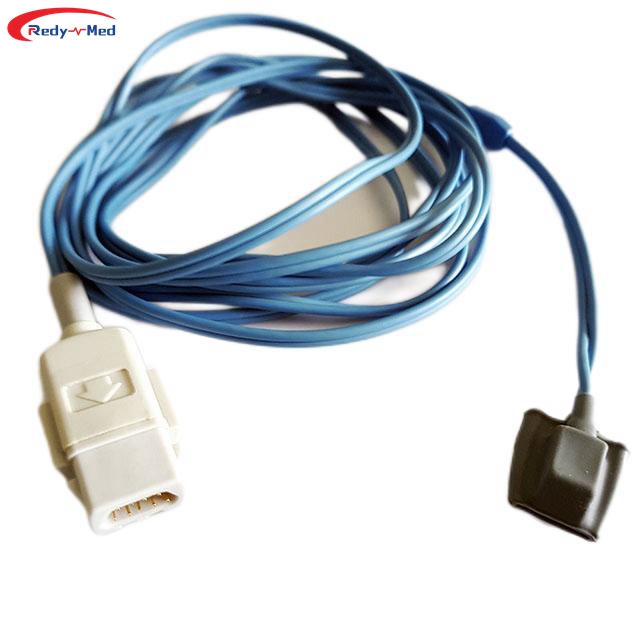
Application of blood oxygen saturation sensor in special environments such as high altitude and plateau
2024-03-21 00:04:27

Undoubtedly, the application of blood oxygen saturation sensors has been of great significance in various medical fields. In recent years, these sensors have proven to be especially valuable in special environments such as high altitudes and plateaus. The unique challenges posed by these environments necessitate the use of reliable and accurate sensors to monitor and ensure the well-being of individuals in such conditions.
Monitoring Oxygen Levels in High Altitude and Plateau Environments
High altitude areas and plateaus are characterized by low oxygen concentrations, presenting a range of health risks for individuals. In such environments, the application of blood oxygen saturation sensors allows for continuous and real-time monitoring of oxygen levels in the blood circulation. By measuring the level of oxygen saturation, individuals and healthcare professionals can promptly gauge the need for supplemental oxygen or other necessary interventions.
Accurate and Reliable Measurements
One key advantage of blood oxygen saturation sensors in high altitude and plateau environments is their accuracy and reliability. These sensors are designed to provide precise measurements of oxygen saturation levels, ensuring that individuals at risk can receive appropriate medical attention if their oxygen levels decrease dangerously. The high accuracy of these sensors enables healthcare professionals to make informed decisions about the treatment and care of patients in these special environments.
Non-Invasive and Convenient Monitoring
Blood oxygen saturation sensors are typically non-invasive, making them ideal for continuous monitoring in high altitude and plateau environments. Unlike invasive methods that may cause discomfort or complications, blood oxygen saturation sensors can be easily attached to a person's finger, earlobe, or forehead, providing a hassle-free and convenient monitoring experience. The non-invasive nature of these sensors promotes patient compliance and allows for prolonged monitoring without disrupting daily activities.
Early Detection of Hypoxia
Hypoxia, a condition characterized by low levels of oxygen in the body, is a critical concern in high altitude and plateau environments. Blood oxygen saturation sensors play a vital role in the early detection of hypoxia, allowing for timely interventions to prevent severe complications. By continuously monitoring oxygen saturation levels, these sensors provide immediate alerts in case of oxygen deficiency, enabling healthcare professionals to provide necessary treatments and mitigate the risks associated with hypoxia.
In conclusion, the application of blood oxygen saturation sensors in high altitude and plateau environments offers numerous advantages. These sensors provide accurate and reliable measurements, facilitate non-invasive and convenient monitoring, and enable early detection of hypoxia. With their crucial role in safeguarding the health and well-being of individuals in these special environments, blood oxygen saturation sensors have become indispensable tools in modern healthcare practices.
Get the latest price? We'll respond as soon as possible(within 12 hours)




